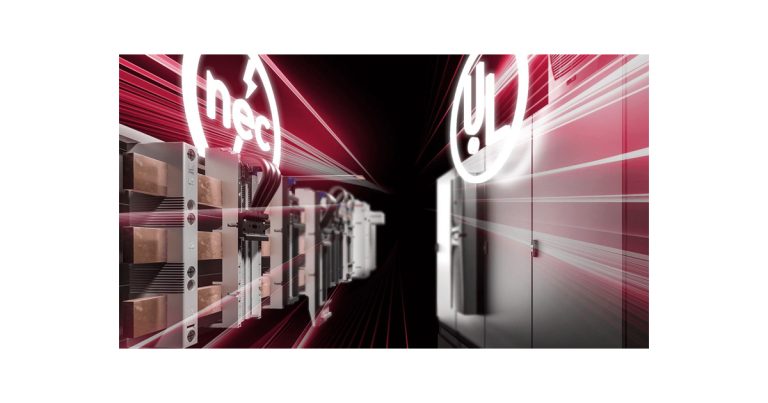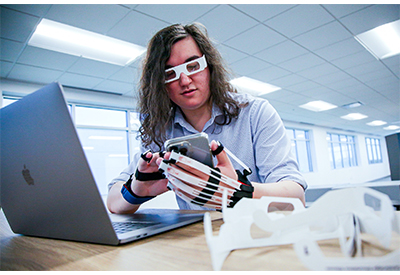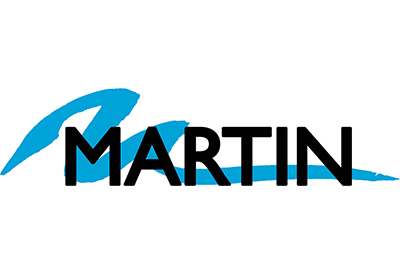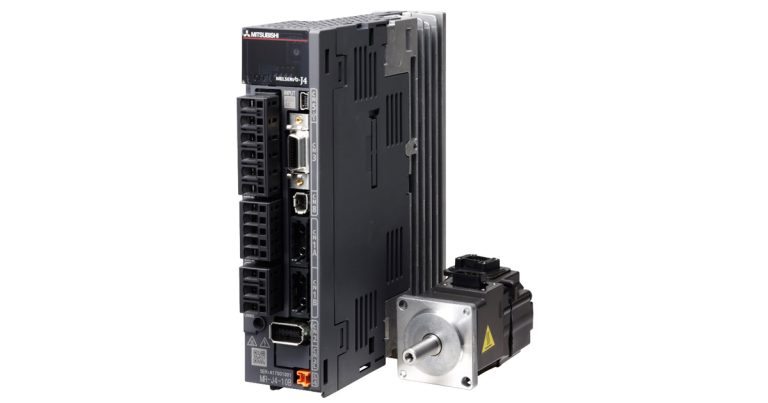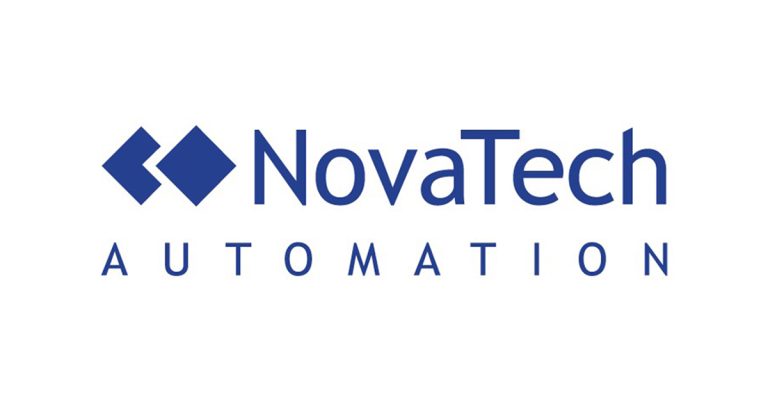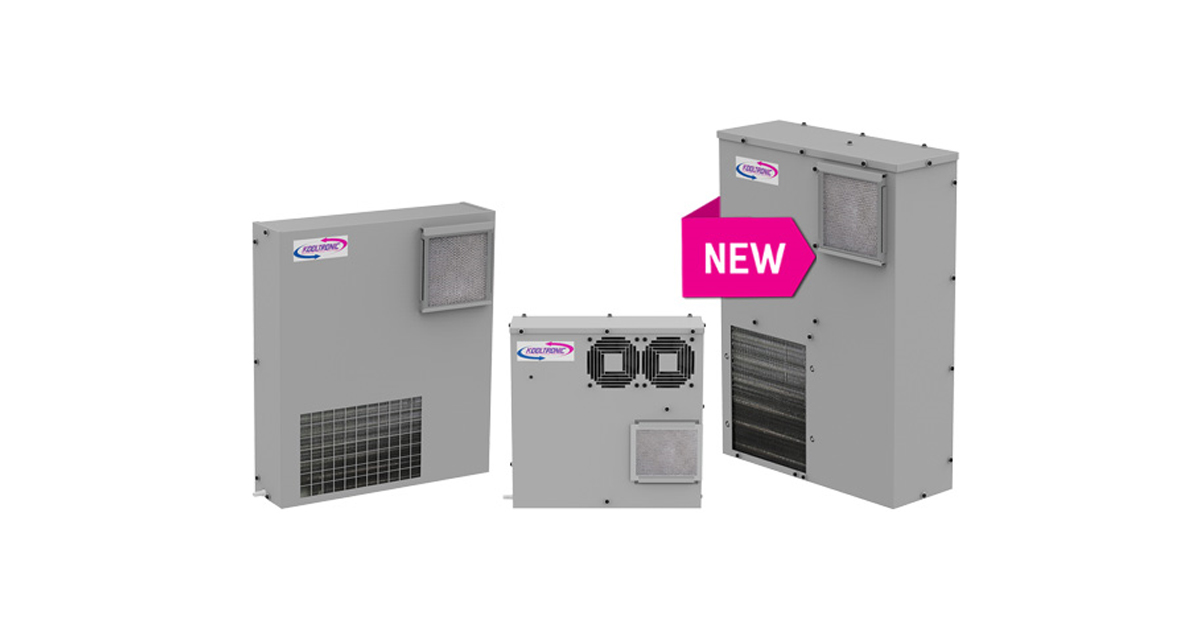Ask the Expert with DesignSpark: The Evolution of DesignSpark & the Value of Online Engineering Communities
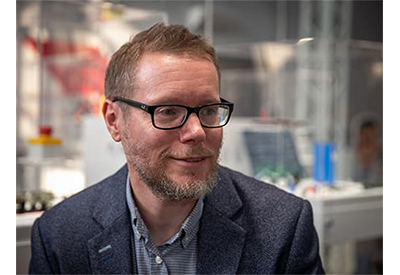
December 1, 2020
Allied’s “Ask The Expert” series taps into the experience and expertise of key thought leaders and subject matter experts from the more than 450 global suppliers they work closely with to bring customers solutions for their most challenging problems (and the daily ones, too).
In this edition, Allied talk with Mike Bray, head of DesignSpark for RS Components, about the evolution of DesignSpark and the role that online engineering communities play in accelerating design and time to market, as well as inspiring tech for social good.
Congratulations on hitting the one million member mark on DesignSpark! With over 4 million global users and now 1 million registered members, what would you say is the key to DesignSpark’s success?
“The fundamental thing DesignSpark does is help members, and users speed up their design time-to-market. Engineers and other makers can design faster using the high-quality tools, resources, and other content on DesignSpark—including legitimate, properly sourced CAD models and schematics, and suppliers willing to share their technical information and expertise. Users know they’re talking to other engineers, not marketing people. It’s the experience that matters, not the bells and whistles you put around it. The technical experience suppliers and manufacturers offer is what counts.
“While users have told us they value the tools, software, and learning about new products from suppliers (with detailed engineering breakdowns explaining product capabilities and the different applications in which the product can be used), they also really value that DesignSpark is agnostic. We’re not beholden to any particular technology or supplier. This goes back to why we started DesignSpark in the first place (even though we have the RS Components site in EMEA and APAC and the Allied site in America)—engineers don’t want to be marketed to. They want to learn facts about products, technologies, and applications to help them be better at what they do. DesignSpark was always set up to focus more on the usefulness of the information and the site rather than selling.”
Why are online engineering communities valuable, and what have you learned since launching ten years ago to evolve the platform and keep users coming back?
“When we started DesignSpark, the RS and Allied brands were associated with it but were not the lead part of the story. That’s important because the platform’s success hinged on maintaining that independent agnosticism. For online engineering communities to be valuable, they must put the engineers first—providing resources, tools, and a place for collaboration focused on helping engineers and inventors create designs and move faster through their design phases. During our ten years, we’ve done that and have expanded the services and software we provide to now support designers from electronics design to electrical design.
“Ultimately, RS and Allied are why this platform exists, but we don’t overtly market our products on the platform. We make sure users know how to find them and use them if they need them. Engineers are usually the smartest people in the room, so we don’t tell them what’s right for them. THEY decide. Online engineering communities have become a go-to source for engineers, with many being members of multiple communities. To keep the community vibrant and grow your member base, you must continually prioritize that agnosticism and prove the platform’s value. Because we’ve done that, we’ve earned a place in the engineer’s lexicon as a respected source of quality information.
“Even though we have terrific data from our analytics showing the way users use our tools and the way they use the platform, our users’ feedback remains incredibly important to improve the functionality and design tools on the site. Engineers are typically not shy about giving feedback—good or bad—on the products we put in front of them. It can be pretty brutal at times—they’ve told us things we didn’t want to hear—but this is the only way to build a proposition that sticks and feels genuinely useful to the needs of engineers.”
DesignSpark underwent a revamp in July 2020; what specific changes did you make to the platform this year and why?
“Most of the changes we made were based on user experience. For the last 18 months, we have been working on iterations on the customer experience and user journeys to make navigation easier. We want them to be able to find the information, tools, and design resources they need; to ask a question and get an answer to that question more efficiently and to be able to find high-quality learning resources as well. So we’ve implemented a new infrastructure and architecture that make everything easier to find. An improved search capability brings more relevant search results for users, and we changed the look and feel of the site to get it more up to date. We tested our changes with users about three months before launch and then refined our plan based on their feedback.
“This is the first phase of an ongoing development plan. Later this year, you will see more changes around the product pages to help users get more access to some of the design resources they can adopt into any CAD software tool. Next year, we plan to shift the questions and answers section into a new domain and make it more live and interactive to help open the dialogue that exists between users. The critical element people look for on DesignSpark is community. Our users tell us: “We come to DesignSpark because it gives us great tools, great software, great information. We stay on DesignSpark because we’re looking for a community we can connect with, ask questions, find information out, and get answers back from our peers.” It’s what gives us credibility. Many engineers are members of multiple communities, but they stay because they see us and the information we provide as credible.”
As many companies worldwide went virtual to protect their employees during the COVID-19 pandemic, what changes have you seen in how engineers collaborate online?
“COVID accelerated the adoption curve of online communities. DesignSpark saw traffic increase by 20% globally in the early stages of the pandemic. The design tools were being opened and used more regularly as people’s design behaviors changed due to remote work, etc. There’s a truism in the industry: “If you know you’re facing tough times; usually the way around that is to design yourself out of the challenge.” Engineers genuinely embrace that idea. The community responded fantastically to the pandemic, collaborating to help create resources for medical teams and others to use in the fight against COVID. We shared products and designs around 3D printing devices and face shields, which led to users creating their own and donating them to hospitals and other facilities. We also shared open-source ventilator designs. That collaboration and sharing at a point where the world was in trouble was fantastic to see. We saw many projects from schools, universities, companies, different maker associations, and professional associations. Even if people were on leave or unable to work properly, they were finding ways to contribute to the fight.”
What are your next steps with DesignSpark, and how do you further broaden its reach?
“We’re working on two key things: How to continue to improve the technical experience for engineers and how to help existing users of the RS and Allied platforms as well, bringing the platform experiences closer together through the upcoming interactive technical Q&A.
As sponsors of DesignSpark, RS Components, and Allied believe engineers have the answers to many problems, we face as a society and will determine how technology will develop in the future. We’re making a robust educational play in Europe and through our global grassroots program, looking at how we can create an early interest in STEM and then provide resources that enable the ability to progress a career and inspire people to engage and contribute to the community.
We’re engaging with some very high-impact social projects and asking ourselves how to use tech for good. Technology and engineering can solve a lot of problems we face today in environmental and social inequality. How can tech play more of a leading role, and how can we help? Some great stories and capabilities come to life because we manage this platform. Ultimately, we’re a commercial company, and we have to make money. Still, at the same time, we want to inspire our audience and play our part in making progress more attainable for everyone, regardless of circumstance. Our mission is to make amazing happen, and DesignSpark is one of the places where amazing can happen because every maker has access to all these tools and resources and the ability to innovate unencumbered by barriers or sales pitches. The value the business gets is ultimately people are more likely to trust us (Allied and RS) if we give them high-quality resources. That’s where we build trust and huge customer loyalty.
Engineering is fascinating! We want to help tell the story of engineering and ensure lifelong communities and experiences around engineering. Check out our video diary program on YouTube called SeaQuest. It reveals how our team had an idea to design, build, and power a 3D printed model boat and see if it could cross the English Channel. The story shows how sometimes the joy is in the journey, not necessarily the ending. That’s engineering—and why we’re so passionate about DesignSpark.”
![]()

